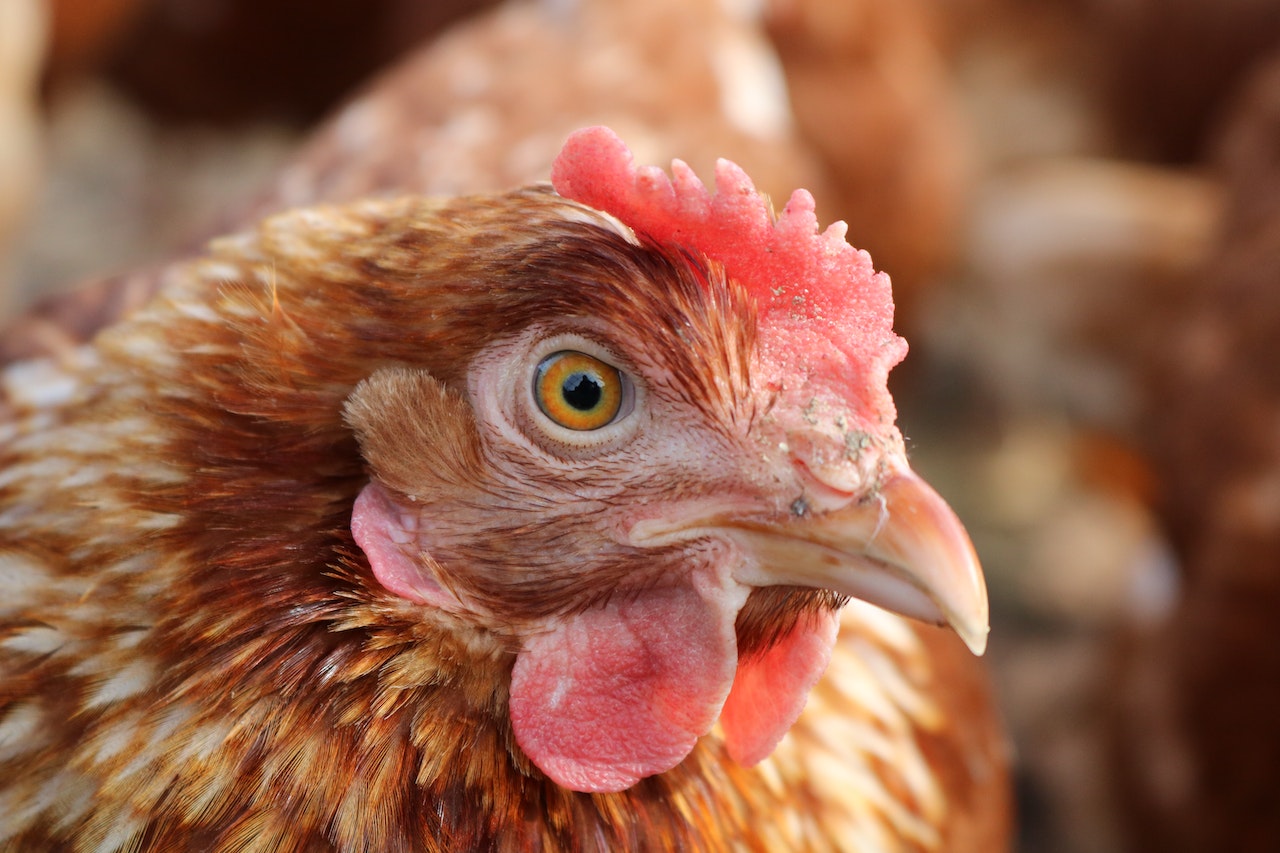One of the top causes of death in poultry is a respiratory disease. And one of the most common diseases is Avian Influenza, more commonly known as “bird flu.” Chicken owners need to be aware of the signs of this virus so that they can take proper action to keep their birds healthy. In this blog post, we will discuss the symptoms and how to prevent avian influenza from affecting your flock.
Chickens are a major part of the poultry industry, and as such, they are regularly exposed to a range of diseases. One of these is eye disease, which can cause serious problems for the chickens and their owners. In this blog post, we will explore the signs and symptoms of eye disease in chickens and how to treat it.
In the United States, over 30 million people suffer from some form of eye disease. That’s more than any other type of disease! What causes this widespread problem? Multiple factors are at play, but one of the main culprits is chicken production. Chickens raised for their flesh are often kept in cramped and unsanitary conditions, which allows deadly bacteria to spread throughout their bodies. So what can you do to help protect your eyes and those of your loved ones? Here are a few tips to get you started: 1. Educate yourself about the dangers of chicken production. Read up on the diseases that can be spread through contact with chicken flesh and learn about the steps you can take to avoid them. 2. Choose meat that is raised ethically. This means that the animal was free from antibiotics, grains, and other harmful treatments during its raising process. 3. Eat less chicken. Not only is it bad for your health, but consuming excessive amounts of poultry also contributes significantly to climate change! Switching to a vegetarian or vegan diet will help reduce your environmental impact while still providing you with plenty of nutrient-rich foods.
Read More: Sanpaku Eyes
What are the most common eye diseases in chickens?
One of the most common eye diseases in chickens is an infection called an ocular mitotic granuloma. This is caused by a fungus that grows on the surface of the chicken’s eyeball. The fungus can lead to blindness if it spreads to the optic nerve. Other eye diseases that can be found in chickens include trachoma, uveitis, and entropies. These are all caused by different viruses or bacteria and can cause deformities or even loss of vision.
There are many different eye diseases that can affect chickens, and it’s important to be aware of them in order to keep your flock healthy. Some of the most common eye diseases in chickens include:
1. Conjunctivitis is an inflammation of the conjunctiva, the thin membrane that covers the eyeball. It can be caused by a variety of things, including bacteria, viruses, or dust particles. Affected birds may have red eyes and a watery discharge from their eyes. Treatment usually involves antibiotics and rest.
2. Uveitis is a condition in which the uvea (the space inside the eye) becomes inflamed. Signs include increased watering and discharge, decreased vision, and fever. Treatment typically involves antibiotics and pain relief medication.
3. Keratoconjunctivitis sicca (KCS) is an autoimmune disease in which the chicken’s immune system attacks its own tissues – specifically, the cornea (the clear front part of your eye). The result is numerous small bumps on the surface of the eye that can become infected, leading to blindness if not treated promptly. KCS is often seen in layers; affected chickens will stop laying eggs or have diminished production. Early diagnosis is key to successfully treating this condition.
4. Ophthalmia neonatorum (ON) is a rare condition in which chicks get an infection or inflammation of their eyes shortly after being born. Symptoms include red eyes.
Read More: Sanpaku Eyes
How to diagnose and treat eye diseases in chickens
There are a few things you can do to help diagnose and treat eye diseases in chickens. The first thing is to look for symptoms. Some of the most common symptoms of eye disease in chickens include reduced vision, watering eyes, redness around the eyes, and blindness. Once you have determined that your chicken has an eye disease, the next step is to determine which type of disease it is. There are a few different types of eye diseases that can affect chickens, including viral eye infections, bacterial eye infections, and neoplasia (cancer). Once you know which type of disease your chicken has, you can start treatment accordingly.
One of the most important steps in treating any kind of eye disease in chickens is to maintain good overall health for your bird. Make sure they are getting enough food and water, proper ventilation, and enough sunlight exposure. Additionally, make sure they have a healthy environment – clean their coop regularly and keep it dry, provide them with toys and perches to climb on, and avoid giving them any artificial light at night. Finally, make sure you are using quality veterinary medication when treating your chicken’s eye disease.
Conclusion
In this article, we will discuss some of the diseases that can affect chickens and how to protect them from them. We will also cover some common signs and symptoms of these diseases so that you will be able to identify them if they occur in your flock. Finally, we will provide some preventative measures that you can take to help keep your chickens healthy and free from disease. Hopefully, this information will help you keep your flocks healthy and produce good eggs!


